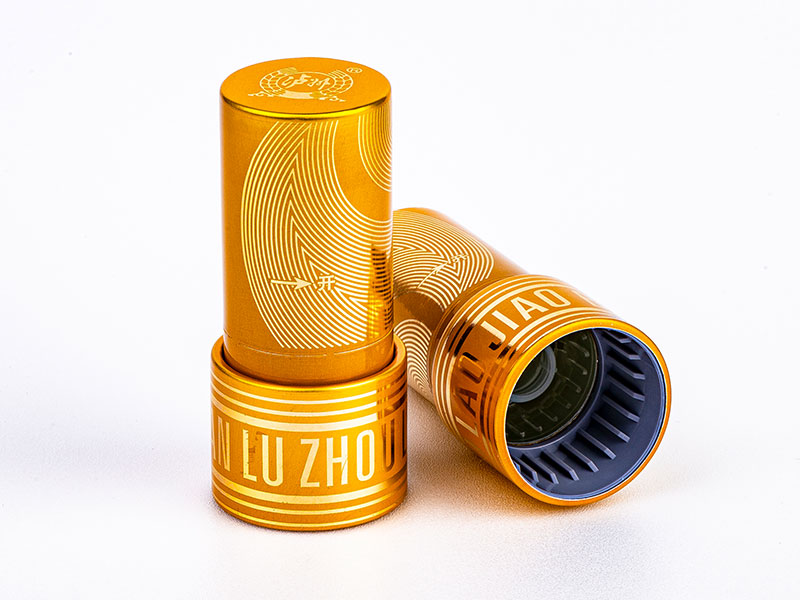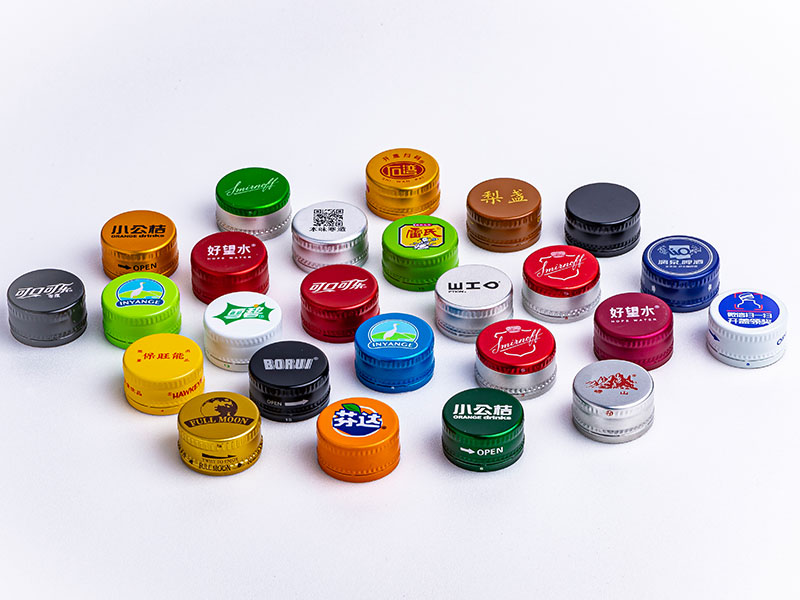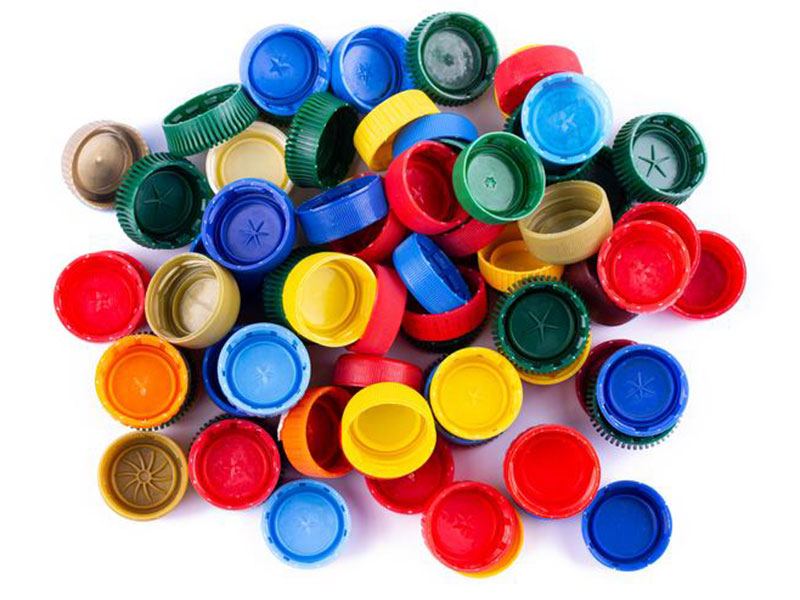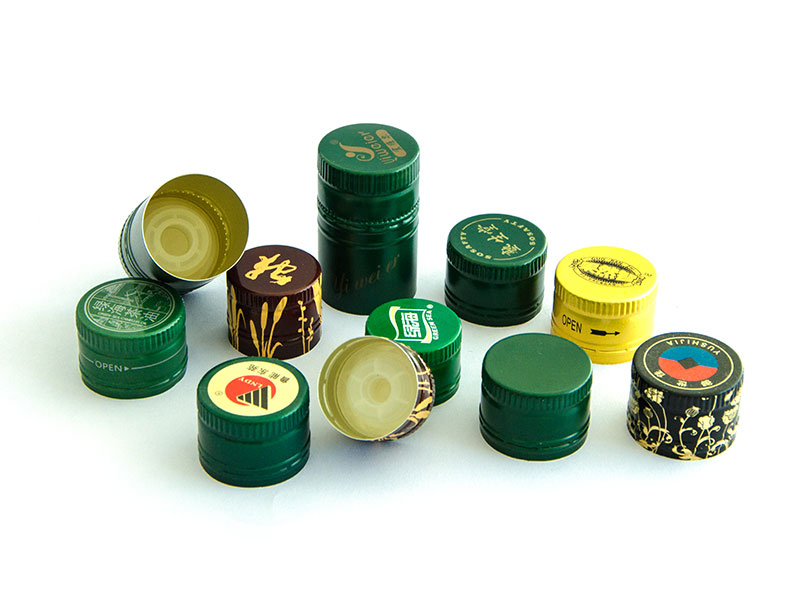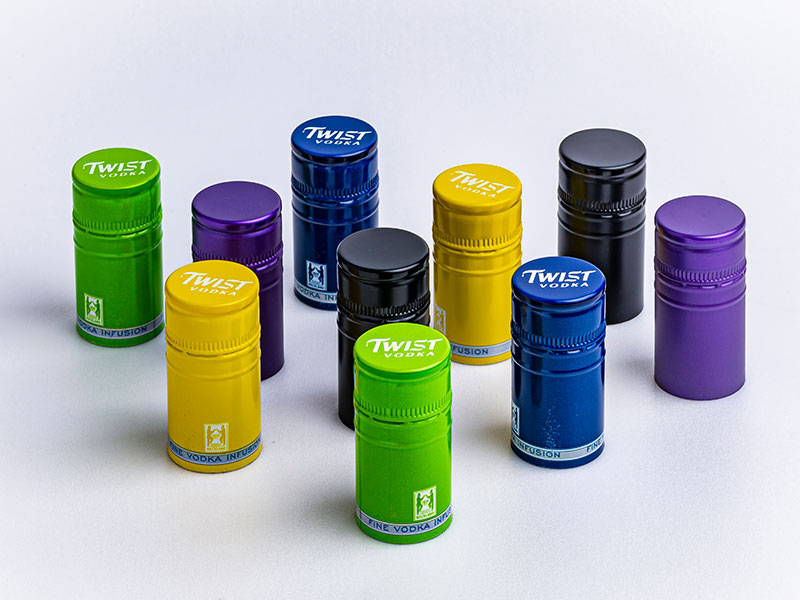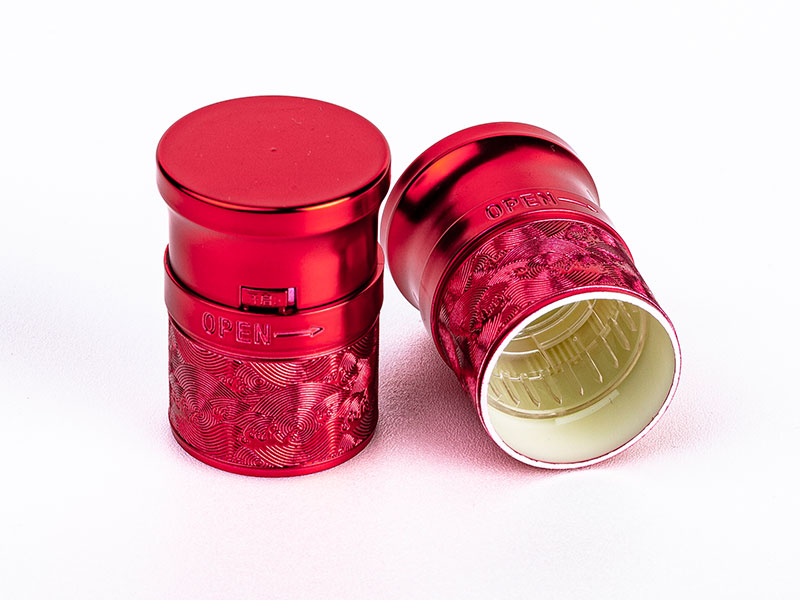Soda Aluminum Bottle Caps with Leak Free Design for Bottled Beverages
In today’s highly competitive bottled beverage market, consumer expectations extend well beyond the quality of the liquid inside. Packaging plays a crucial role in product shelf life, transportation safety, environmental impact, and user experience. Among the essential components of beverage packaging is the bottle cap — a seemingly simple yet scientifically-engineered piece that safeguards beverage integrity. Enter soda aluminum bottle caps with leak-free design: an innovation marrying metallurgy, precision engineering, and design sophistication to elevate bottled beverages.
Why Aluminum?
Aluminum is a preferred material for bottle caps due to its excellent combination of mechanical properties and corrosion resistance. Typically manufactured from aluminum alloy grades such as AA3003 or AA5052, these caps are lightweight yet strong.
One of the biggest challenges in soda aluminum bottle cap manufacturing lies in achieving a truly leak-free design, especially when dealing with carbonated beverages under pressure. While standard crimping techniques usually suffice, variations in aluminum thickness, inconsistencies in the cap's sealing liner material (often polyethylene or a similar polymer), and even subtle imperfections in the bottle's finish can all contribute to leakage. My experience has shown that optimizing the crimping process is paramount, requiring precise control of the machine's pressure and speed to ensure a consistently strong and uniform seal. Furthermore, rigorous quality control, encompassing both incoming materials inspection (aluminum sheet and liner quality) and in-process monitoring of the crimping operation, is absolutely crucial. We’ve found that investing in advanced vision systems to detect even minor defects in the caps before they proceed down the line is a highly effective preventative measure.
Beyond the mechanical aspects, the liner material itself plays a significant role. Different liner compositions offer varying degrees of resistance to CO2 permeation and have different temperature tolerances. the specific characteristics of the soda being capped is critical in selecting the optimal liner. For example, a highly carbonated beverage might require a liner with superior gas barrier properties compared to a less fizzy drink. Moreover, we've found that even seemingly small changes in the liner's geometry, such as its thickness or the design of its sealing lip, can significantly impact leak performance. Continuous testing and experimentation with different
- Chemical Properties:
- Aluminum Alloy AA3003:
- Mg: 1.0–1.5%
- Mn: 1.0–1.5%
- Others (Cu, Fe, Si): ≤0.7%
- Rest: Aluminum
- Aluminum Alloy AA5052:
- Mg: 2.2–2.8%
- Cr: 0.15–0.35%
- Others (Fe, Si): ≤0.4%
- Rest: Aluminum
This specific alloying provides an optimal balance of strength, excellent formability for complicated cap shapes, and corrosion resistance essential for prolonged contact with acids like carbonic acid in soda.
The Leak Free Design: Beyond Something to Twist Off
Leak prevention is the heart of this design. While the ‘twist-off’ functionality is familiar to consumers, ensuring a seal that endures mechanical vibrations, pressure changes from carbonated drinks, and thermal fluctuations is a far more complex engineering triumph.
Precision Flange Design: The internal flange of aluminum soda caps is carefully dimensioned to mate snugly with the bottle neck threads or the sealing ring. This prevents backflow or seepage even under high carbonation pressure.
Liner Material and Compatibility: The gaskets or liners used inside the cap are non-negotiable for leak tightness. Commonly composed of thermoplastic materials like PST (plastisol) or LDPE (low-density polyethylene), these liners adhere firmly to both the aluminum cap and bottle lip while providing chemical resistance and elasticity.
Tempering for Durability: Aluminum bottle caps undergo temper processes such as H14 or H18 (strain-hardened to half-hard or full-hard temper). This strengthens the cap, limiting flex or deformation during shipping and user handling that could compromise sealing integrity.
- H14 Temper: Approximately 50% colder worked, offers high strength with good formability.
- H18 Temper: Nearly full strain-hardened, providing maximum strength and stiffness.
- Surface Treatments: To prevent corrosion or beverage flavor interference, the aluminum surfaces and interior liner faces may be coated with protective lacquers complying with food safety regulations (e.g., FDA CFR 21 part 175).
Standards and Quality Control
Soda aluminum bottle caps adhere to specific industry standards that guarantee dimensional accuracy and safety:
- ASTM B209: Sets specifications for aluminum and aluminum-alloy sheets and plates, ensuring thickness tolerances and chemical composition.
- ISO 9001: Many manufacturers maintain quality control systems accredited to ISO 9001 offering traceability and consistent product quality.
- Food Contact Compliance: Caps and liners typically comply with FDA or EFSA food contact material standards, crucial for consumer safety.
Practical Advantages for Bottled Beverages
- Pressure Holding Capability: Thanks to both aluminum’s strength and the liner’s elastic seal, these caps can reliably hold carbonation pressures of carbonated beverages exceeding 2.5–4 atm without leakage.
- Tamper Evidence: Incorporation of break-away tabs or bands in the aluminum design enhances consumer trust while providing visual catch points for freshness assurance.
- Eco-efficiency: Aluminum’s 100% recyclability combined with lightweight nature reduces carbon footprint associated with packaging mass and waste.
- Ease of Opening and Resealing: Ergonomically engineered caps balance tight sealing with user-friendly twist hardness, enhancing user satisfaction.



